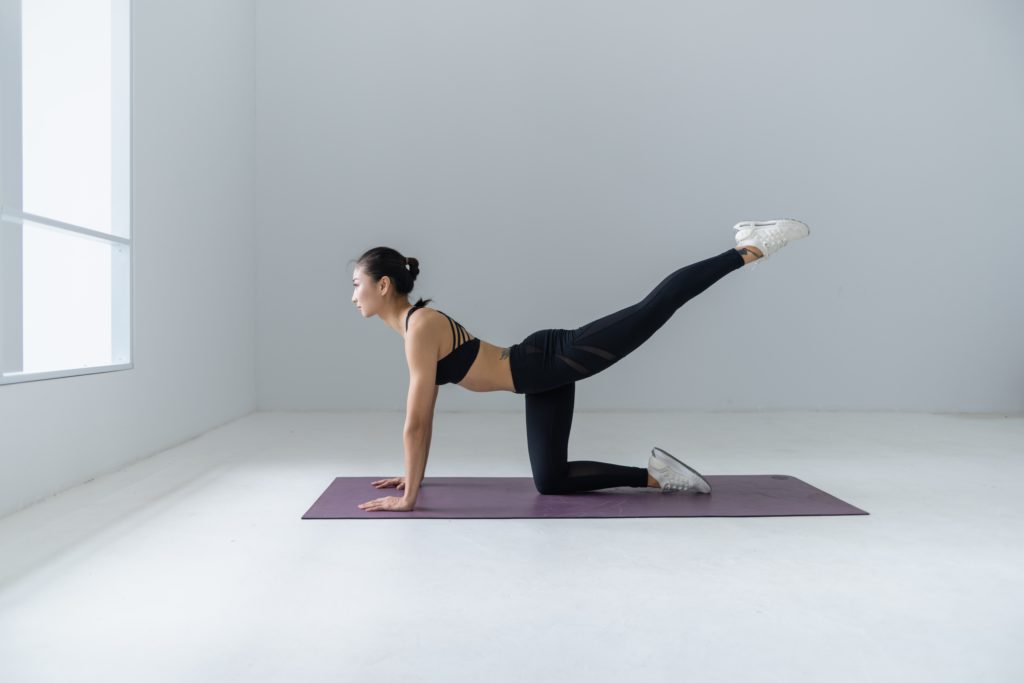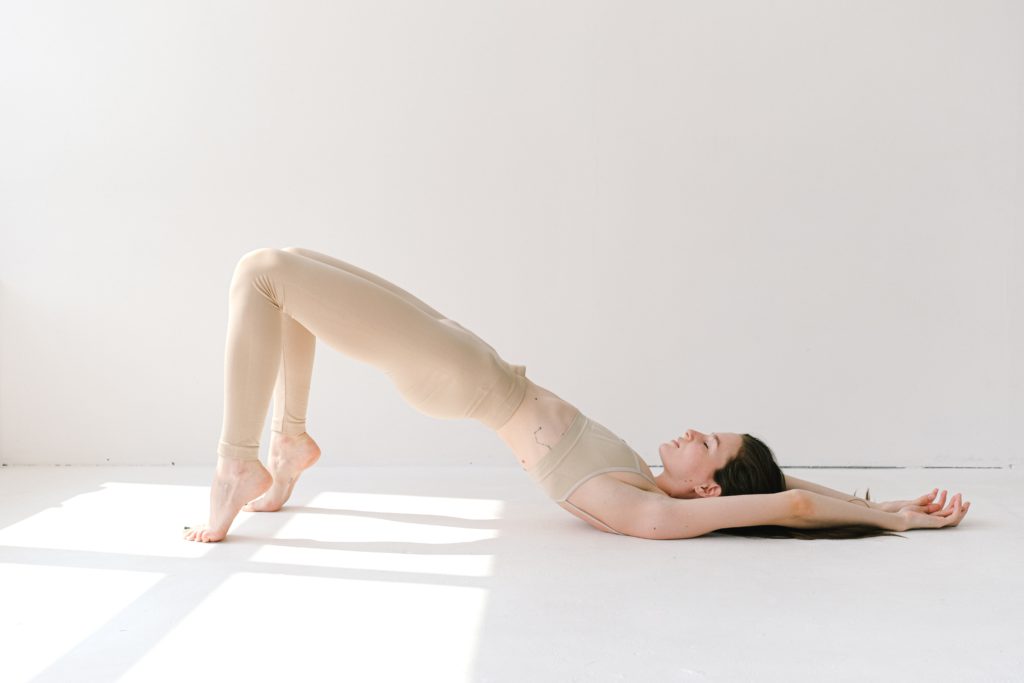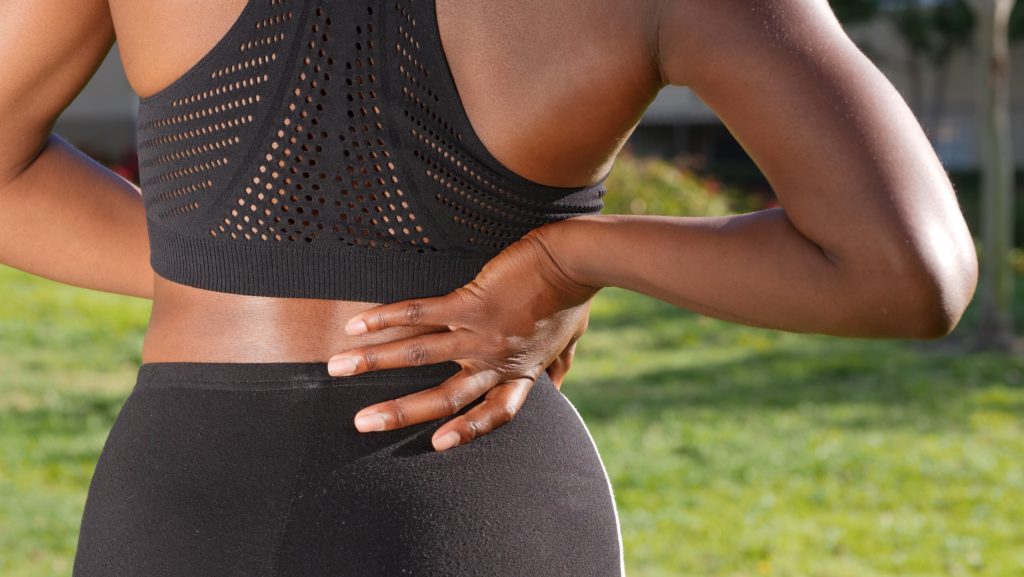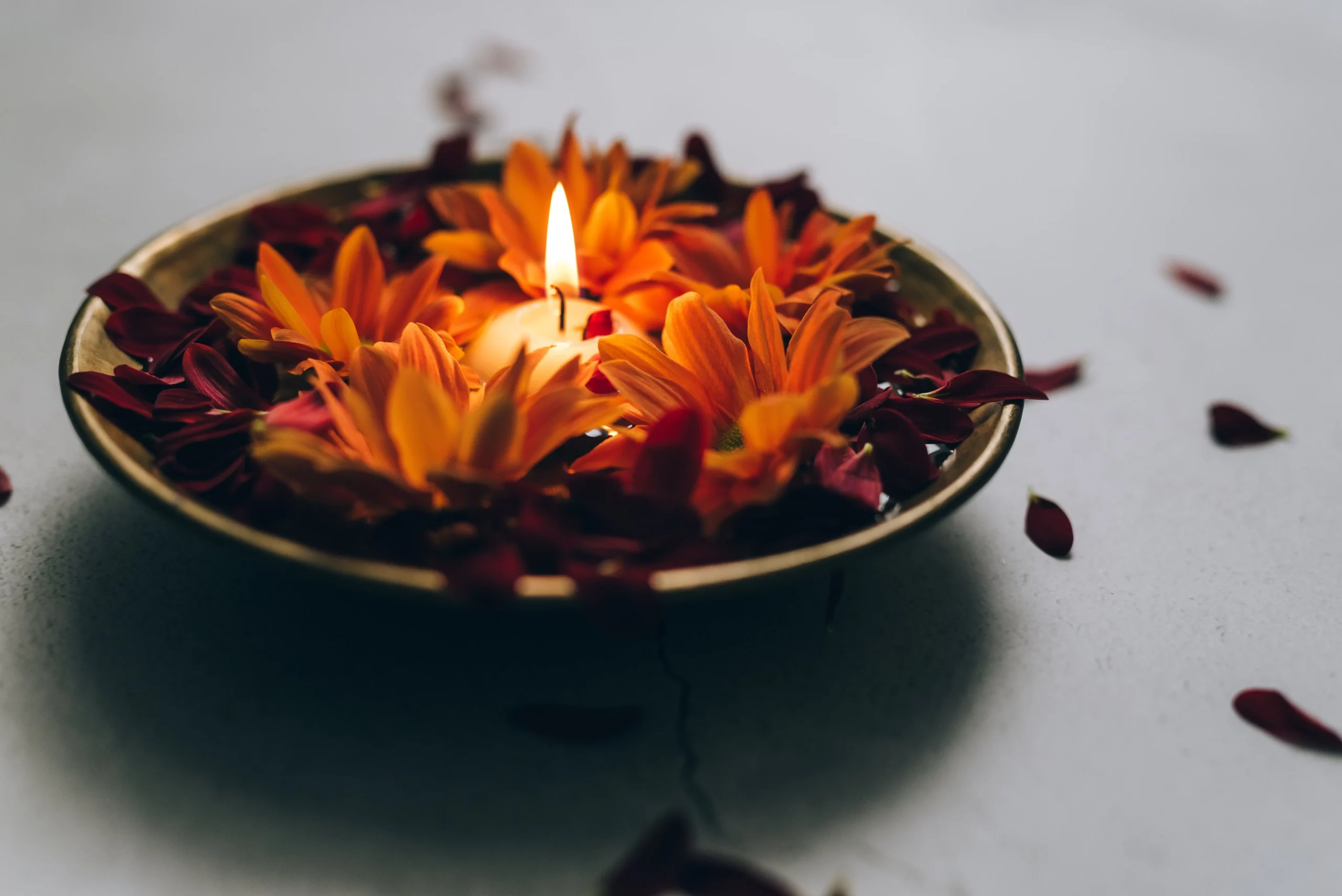Irrespective of your age, if you have ever been afflicted by lower back pain because of lifting heavy items or an injury or even a slipped disc, then you have come to the right place. In this article, you are going to learn everything about back pain, from the “why does it happen” to the “how can I fix it”’.
Why does my lower back hurt?
Lower back pain can be because of an acute injury or from a chronic bad posture that eventually leads to arthritis. In a normal human body, there are fluid-filled discs in your spine that effectively act as shock absorbers. In conditions like back pain due to arthritis, there could be inflammation of these discs. It could be due to friction. All of this would lead to chronic pain that just does not go away.
It is common knowledge that our bodies work best when our muscles are in sync with one other. Weakened muscles in the pelvis and the core can also cause a bad back or result in back injury. Usually, muscular issues and soft tissue injuries cause lower back pain because they tend to damage the intervertebral discs, compress nerve roots or cause improper movement of the spinal joint.
There are several reasons as to why lower back pain is the new plague of the century and it is time we understand why.

Common causes of sprain and strain include
Lower back pain can have a detrimental effect not only on your daily activities but also on your mood. After all, who can expect someone to be cheery and joyful when they are in constant pain.
Research has shown that strengthening exercises can be beneficial in treating lower back pain.
Adopting a healthier attitude towards your lifestyle is the best way to prevent low back pain. Minimising weight gain, working out to build strength, and actively avoiding risky activities will help lower the chances of developing back pain as you age.
Some of the common causes of back pain are
- Lifting a heavy object and twisting the spine while lifting
- Sudden movements that put a lot of stress on the low back, such as a sharp fall
- Bad posture over time
- Sports injuries that involve twisting or large forces of impact
- Sprains and strains
Causes of chronic lower back pain
Pain that lasts for more than 3 months and exceeds the period of the body’s natural healing capacity is considered as the pain of the chronic variety. Chronic pain in the lower back usually occurs due to a disc problem, a joint problem, or an irritated nerve root.
Nonspecific causes of back pain
- Muscle spasms
- A back spasm because of an involuntary contraction or tensing of the muscles in the lower back
- A muscle strain that occurs when fibres in a muscle begin to tear from being overstretched or overused (commonly called a pulled muscle)
- Nerve injuries
- Sciatica – nerve pain due to something pressing on the sciatic nerve
- Degenerative changes – painful disc degeneration is common in the neck (cervical spine) and lower back (lumbar spine). These areas of the spine tend to undergo the most motion and stress and are therefore most susceptible to disc degeneration.

Some specific and pathological causes of back pain include
- Compression fractures
- Spinal stenosis
- Disc herniation
- Cancer
- Infection
- Spondylolisthesis
- Neurological disorders
While the medically ambiguous causes will require the attention of a doctor, the regular causes can be fixed by trying these simple and equipment-free exercises to strengthen the muscles that support your spine. Gaining strength in your back can lead to less pain and dysfunction. If you have had a back injury or suffer from chronic pain, then it is important you check with your doctor before attempting these exercises. Comfort is of prime importance in this case and certainly echoes the medical field sentiment – first, do no harm.
Exercises
#1. Child’s pose
Start by bringing your hands and knees on the mat. Try to spread your knees as wide as your mat, touching the surface of your feet on the floor with the big toes touching.
Now bring your torso to rest between your thighs and touch your forehead to the floor. Gently ease your body and relax your shoulders, jaw, and eyes. If it is not comfortable for you to place your forehead on the floor, rest it on a stack of folded clothes or two stacked fists. Finding a comfortable place for the forehead is essential for attaining a soothing effect.
#2. Cat/cow pose
The cat/cow variation of stretches improves spinal mobility and awareness. Start by bringing your hands and knees onto the mat. This pose basically mimics a 4-legged animal. Place your palms underneath the shoulders and your knees underneath the hips.
Inhale and arch your back – spinal extension. Your head looks upward. Let the movement begin from your tailbone and let it travel up your spine in such a way that the movement ends with your head looking up.
Now exhale and round your spine – spinal flexion. Again, initiate the movement with your tail. Your head should drop as you turn your gaze to your belly.
This is a good exercise to warm up the spine.
Unluclass suggestion: Read more about “What is Pilates?”
#3. Downward facing dog
This exercise is good for stretching the hips and hamstrings. It also helps to strengthen your deep core muscles, which is good for stabilising your lower back. It is best to do this pose after completing your cat-cow stretches.
Begin by coming back to a neutral spine. Curl your toes inwards.
Exhale and push back your legs to straighten them to a downward-facing dog position.
Bend your knees, coming up onto the balls of your feet. Bring your torso to rest on your thighs. Then sink your heels, straightening the legs while keeping the high upward rotation of your buttock bones.
If you have very tight hamstrings or if you are finding it difficult to do this, then keep a slight bend in your knees. Hold the pose for five breaths and release.
#4. Cobra pose
Extending the spine in this position strengthens the back muscles, the abdominal rectus and the pelvic muscles. The pose is a part of Suryanamaskar and it has been shown to reduce back pain in research studies.
Lower your belly to the ground in the most comfortable way possible.
Once you are flat on the floor with your stomach touching the mat, place your forehead on your mat and your palms directly under your shoulders with your elbow touching your sides.
As you inhale, try to engage the muscles of your lower back and thighs. Press the top surface of your feet into the floor and push your upper chest off the ground.
Make sure to keep your shoulders away from your ears. Resist the temptation to put too much pressure on your hands so that your back is doing the work. You may not be able to lift it as high, but it will be more beneficial.
Lower your head back to the floor as you exhale.
Repeat this motion three to five times.
#5. Bridge pose
This exercise is good for not only stretching the spine but can also help relieve backaches and headaches.
Lie on your back and bend your knees. Draw your heel up to your buttocks. Relax your arms alongside your body.
Now as you press your feet and arms into the floor, bring your palms together with interlaced fingers under your hips, or placing your hands under your hips for support.
Hold this pose for up to 1 minute.
Release by gently lowering your spine back down to the floor. Drop your knees in together.
Relax and breathe deeply in this position.
#6. Reclining supine twist
This restorative twist is ideal for promoting movement and mobility in the spine and back. It stretches your spine, back, and shoulders. Practising this pose regularly can help relieve pain and stiffness in your back and hips.
Lie down on your back with your knees drawn into your chest and your arms extended to the side.
Slowly rotate your body in such a way that you lower your legs to the left side while keeping your knees as close together as possible. Keep your head turned to the other side of your legs.
Focus on breathing deeply in this position. Hold this pose for at least 30 seconds.
Repeat on the opposite side.
Warnings
It is always vital to consult a doctor before beginning a new exercise program. If you experienced a traumatic injury such as a fall or accident, always seek medical help to rule out serious conditions.
If these exercises cause your back pain to increase, then stop immediately and seek medical help. Only perform within your physical limits. Doing too much too fast can increase back pain and slow the healing process leading you back to square one.
Online Pilates Course by Radhika Karle
Lower back strengthening exercises are an effective way to prevent recurring pain. Stronger core muscles help increase stability and thereby decrease your chances of getting injured and improve muscle function. Modifying daily activities to mimic back stabilising exercises like squatting down to pick up items can also help prevent low back pain or muscle spasms.
By all means start incorporating these simple, equipment-free exercises into your daily routine and watch your aches and pains magically disappear. Come join celebrity fitness trainer and learn Pilates online with celebrity trainer Radhika Karle at unluclass to learn the right way to exercise for lower back pain as well as in general fitness.
Subscribe to Radhika Karke’s online Pilates classes now!







